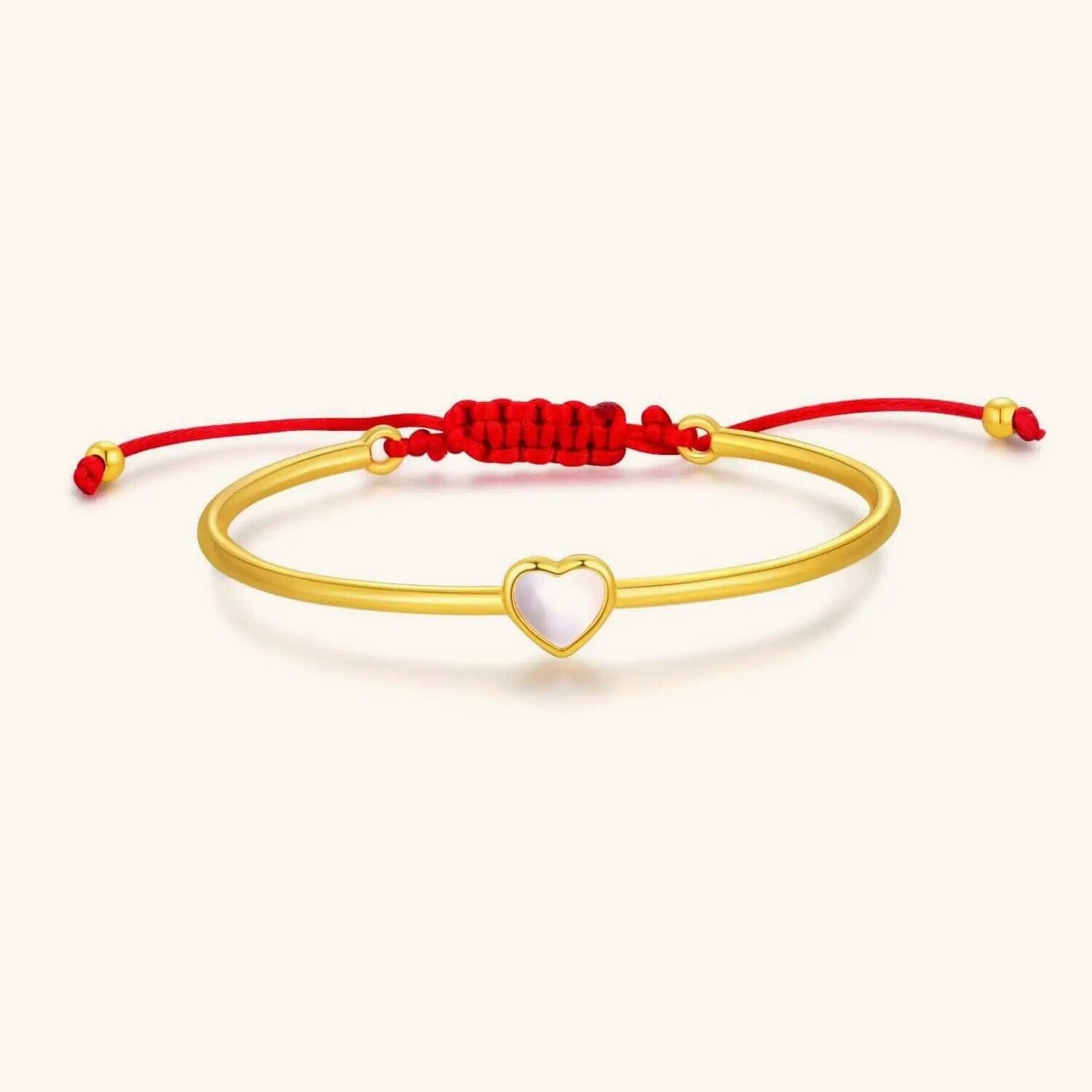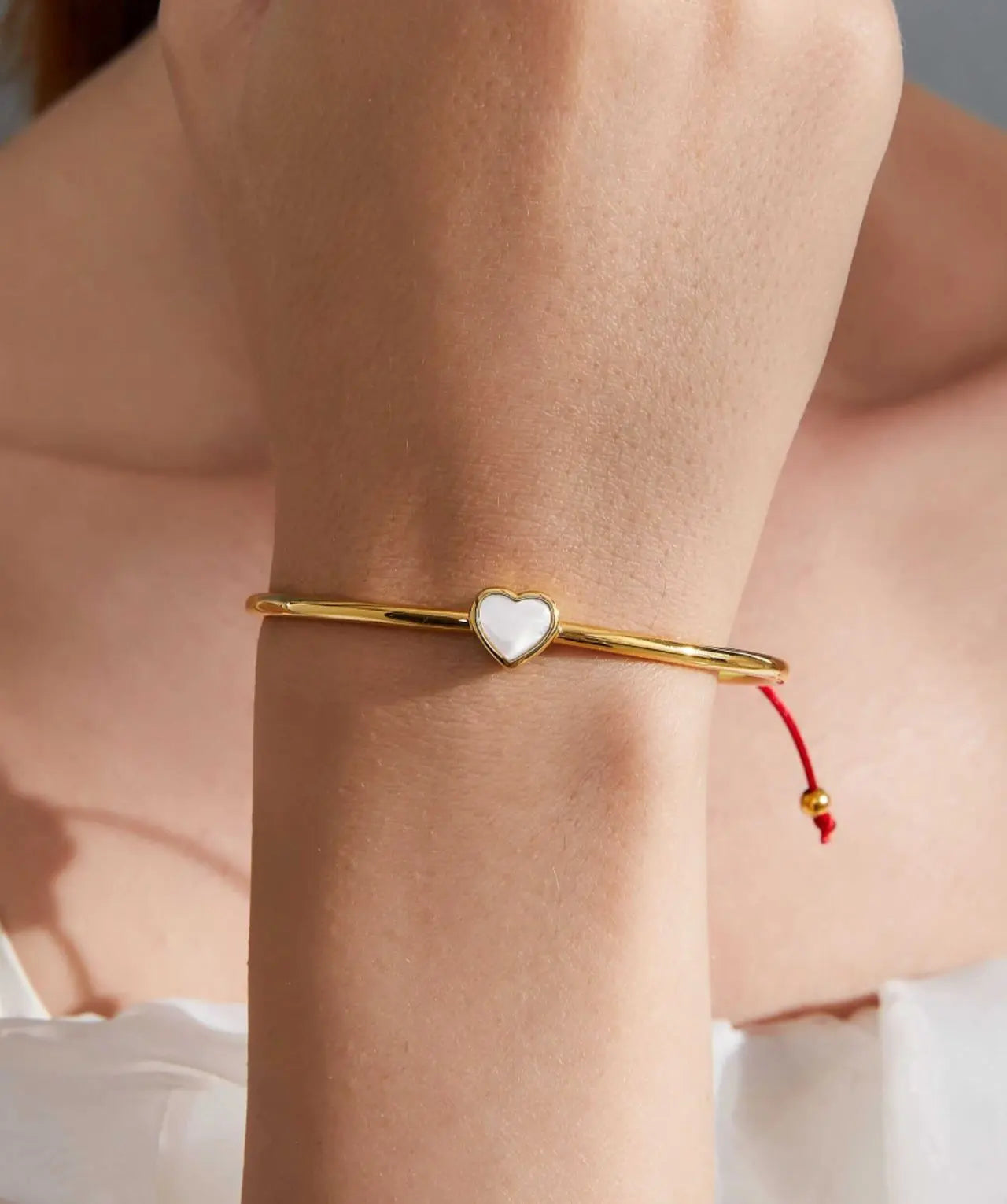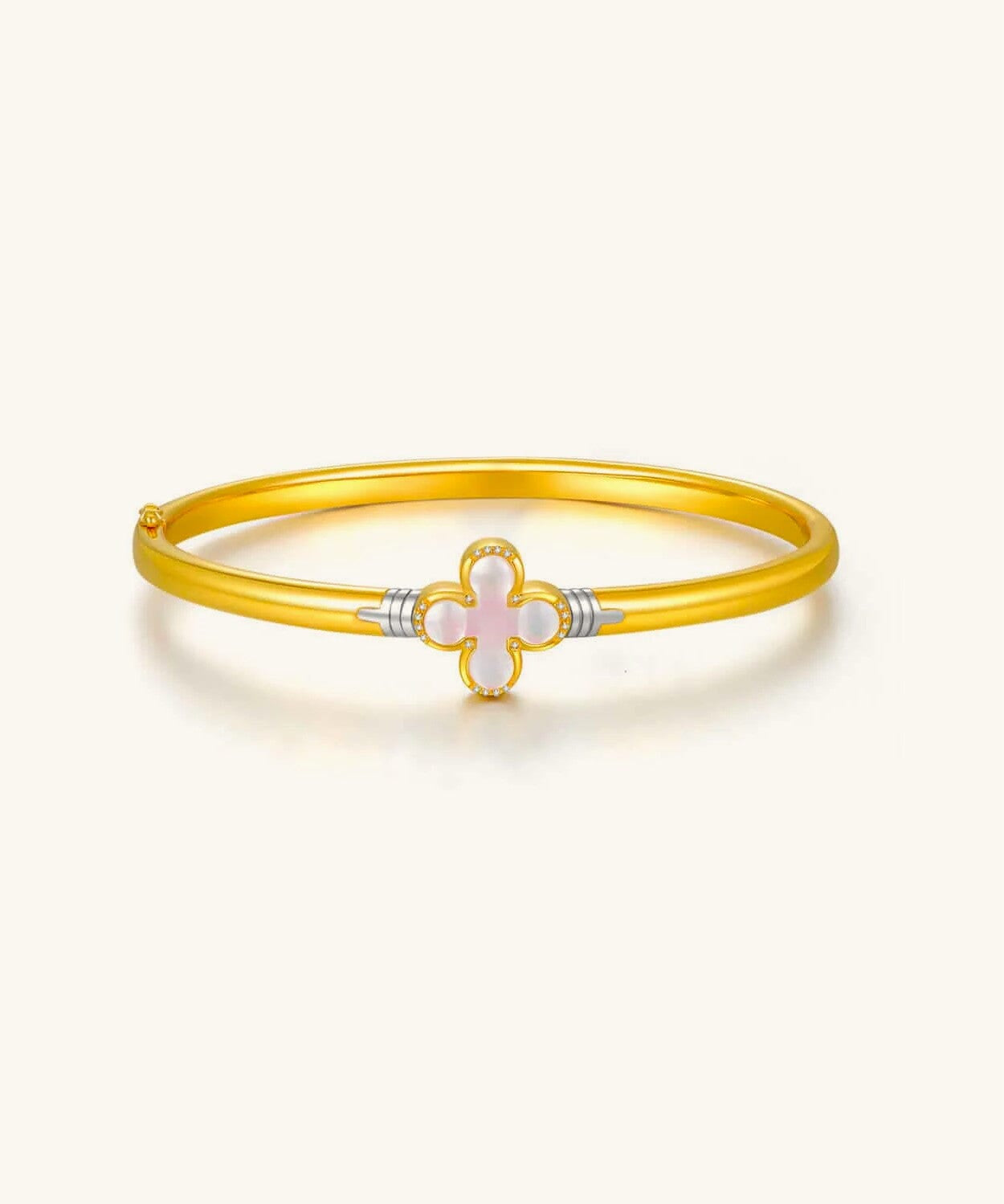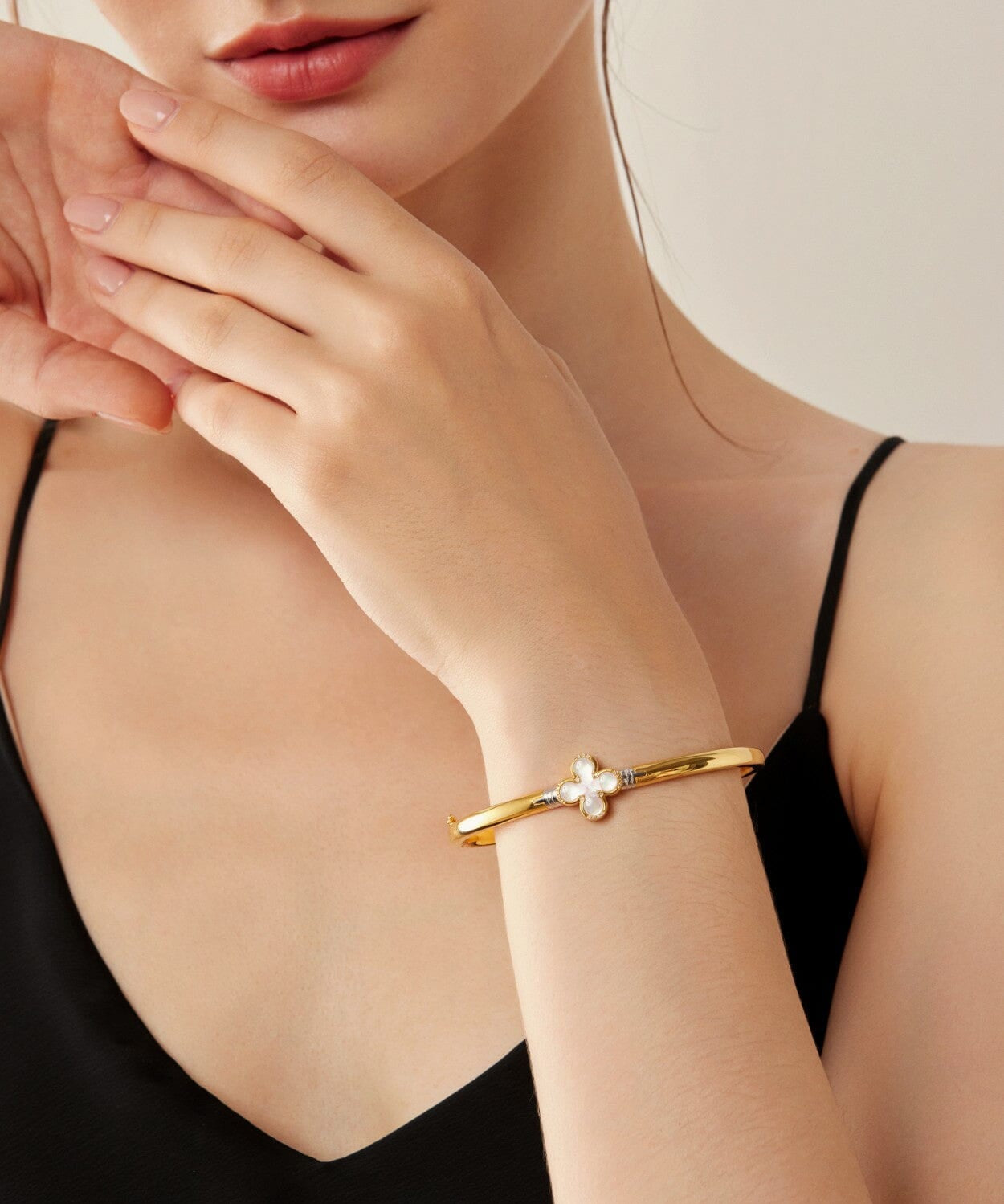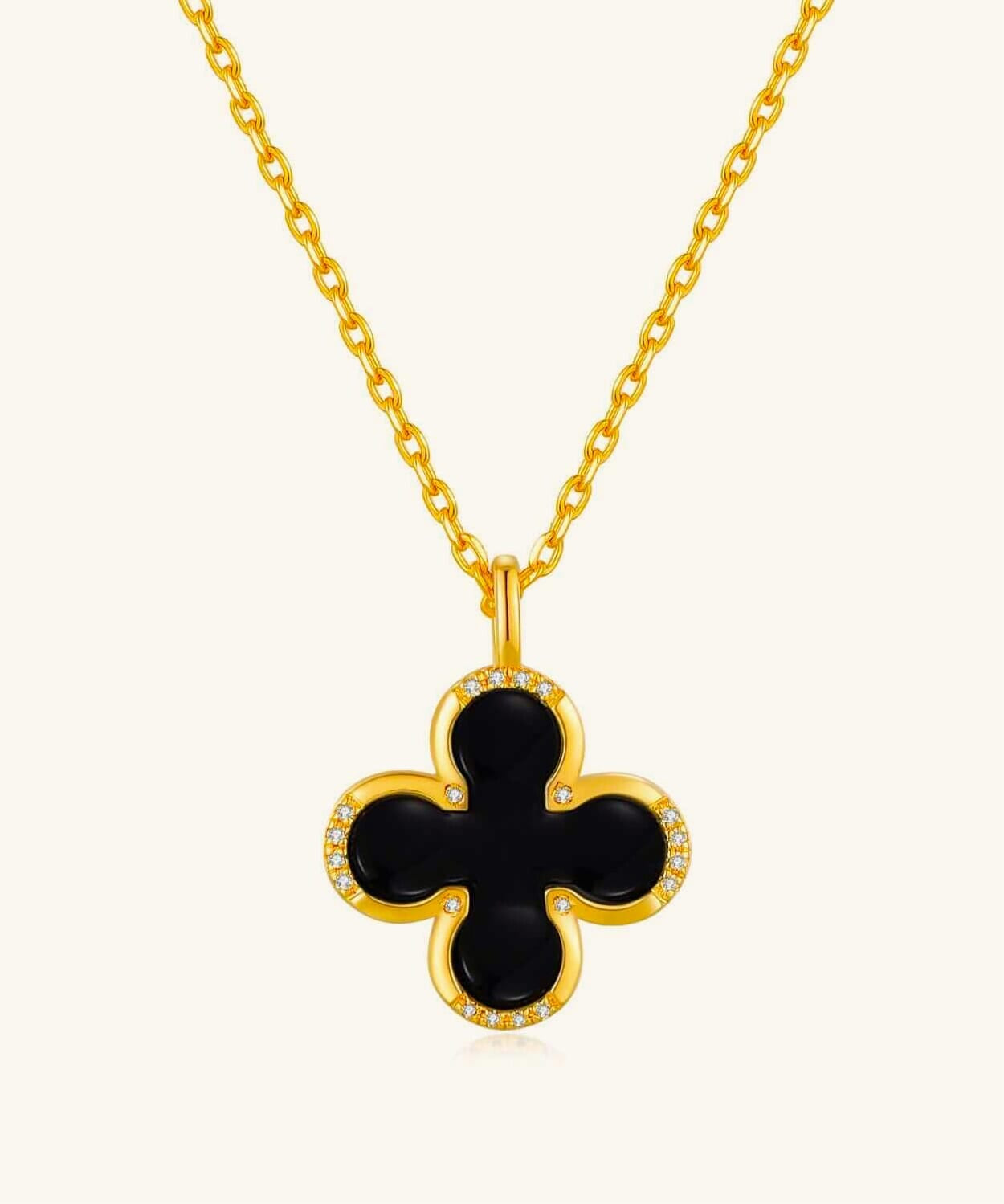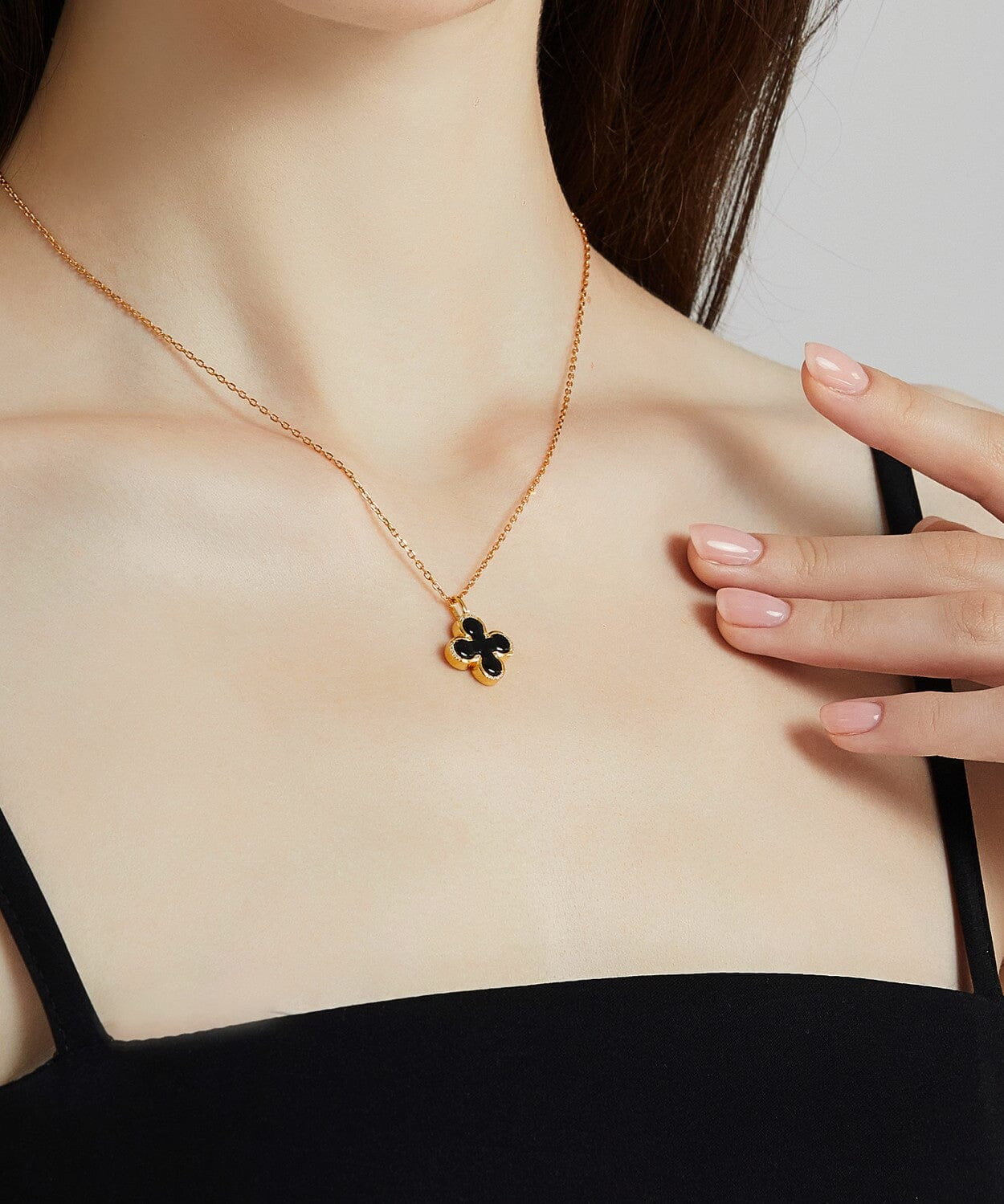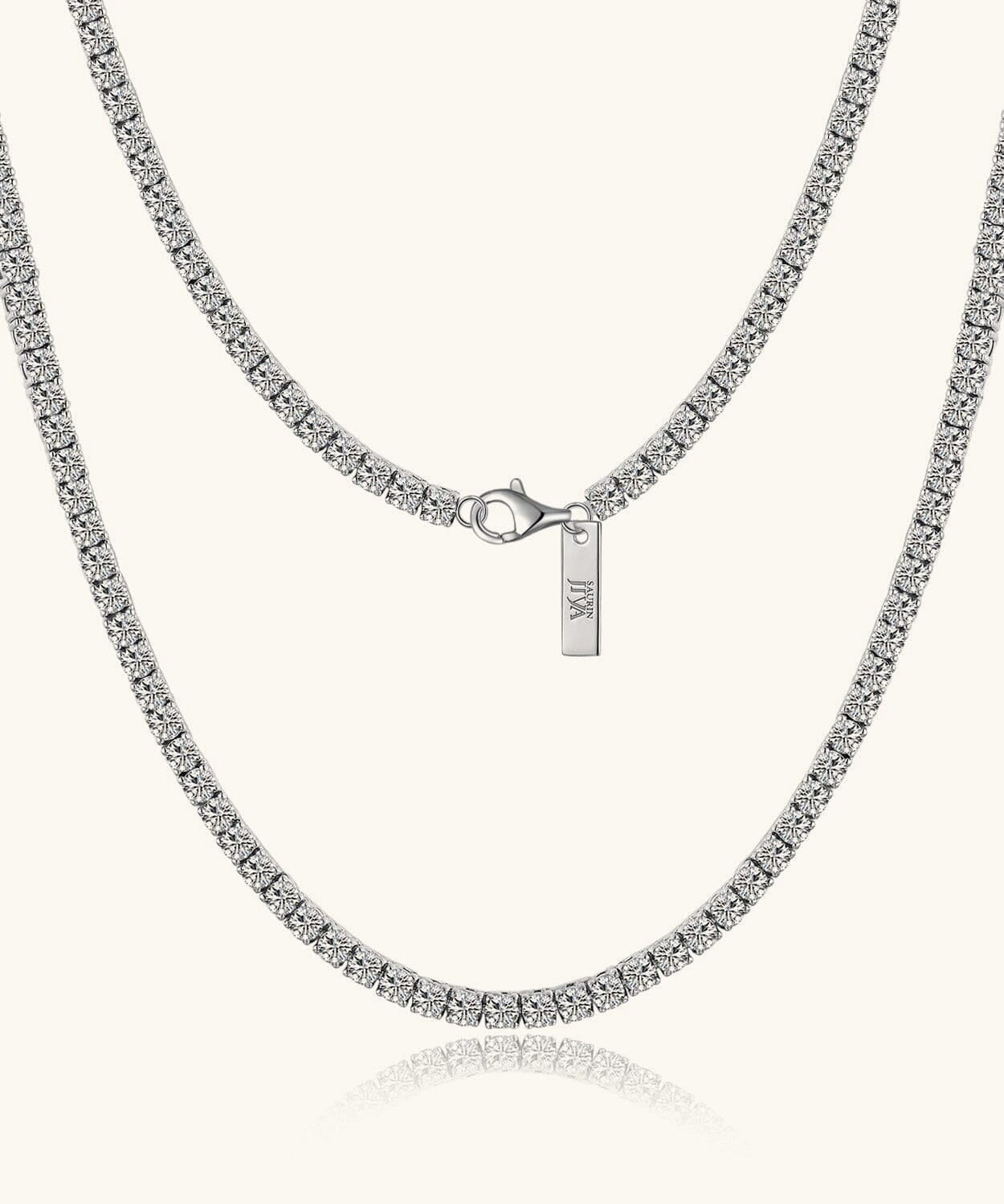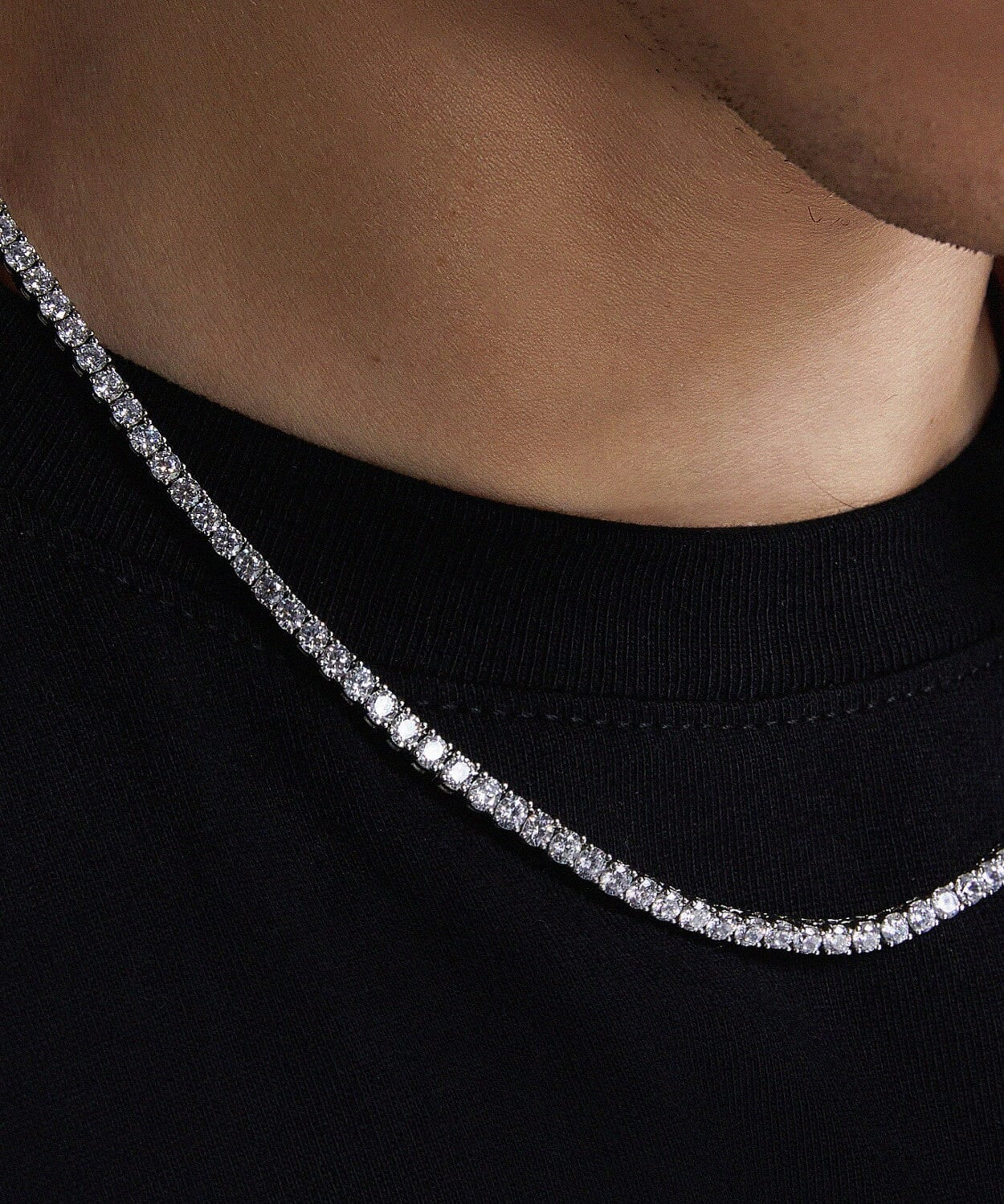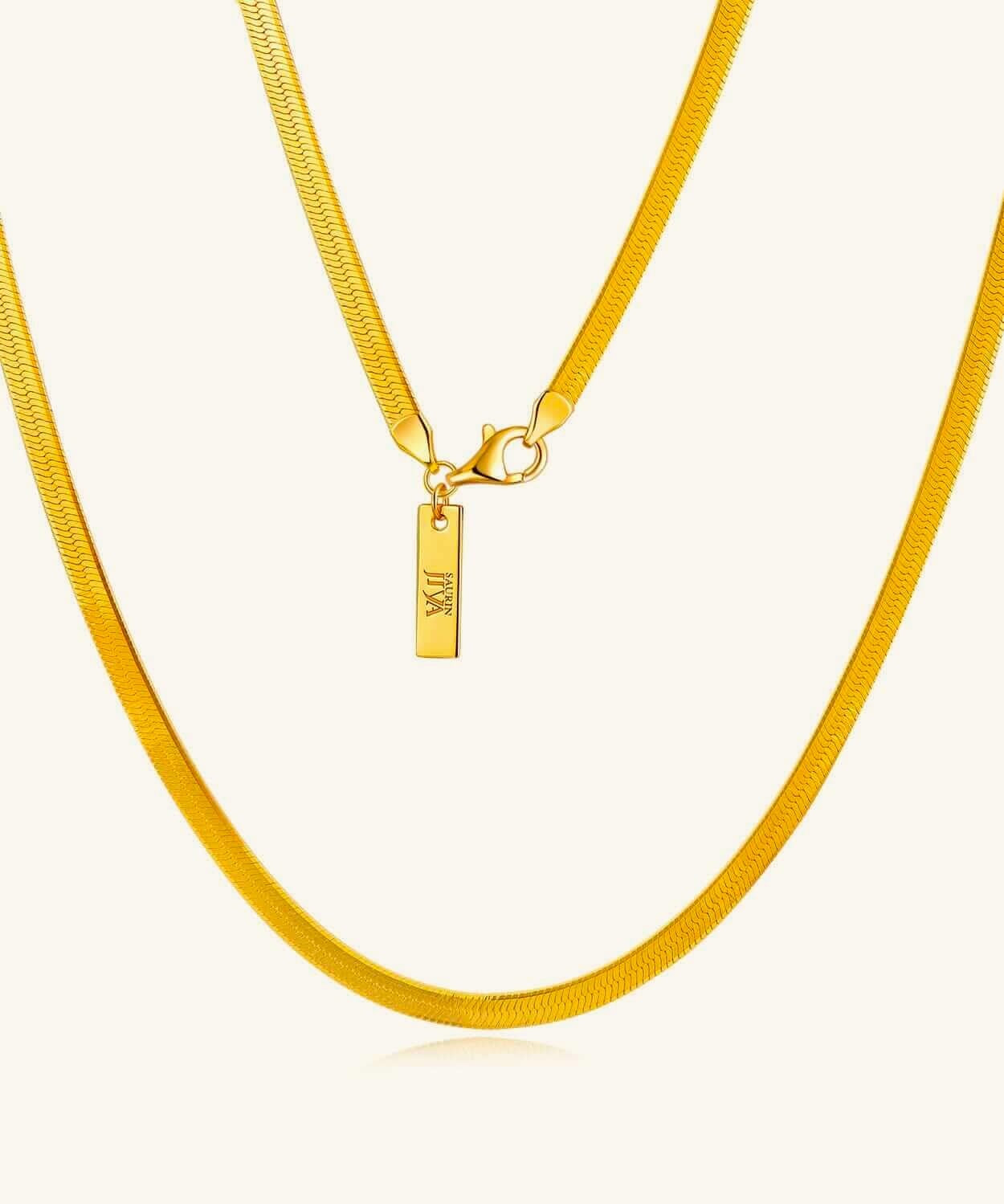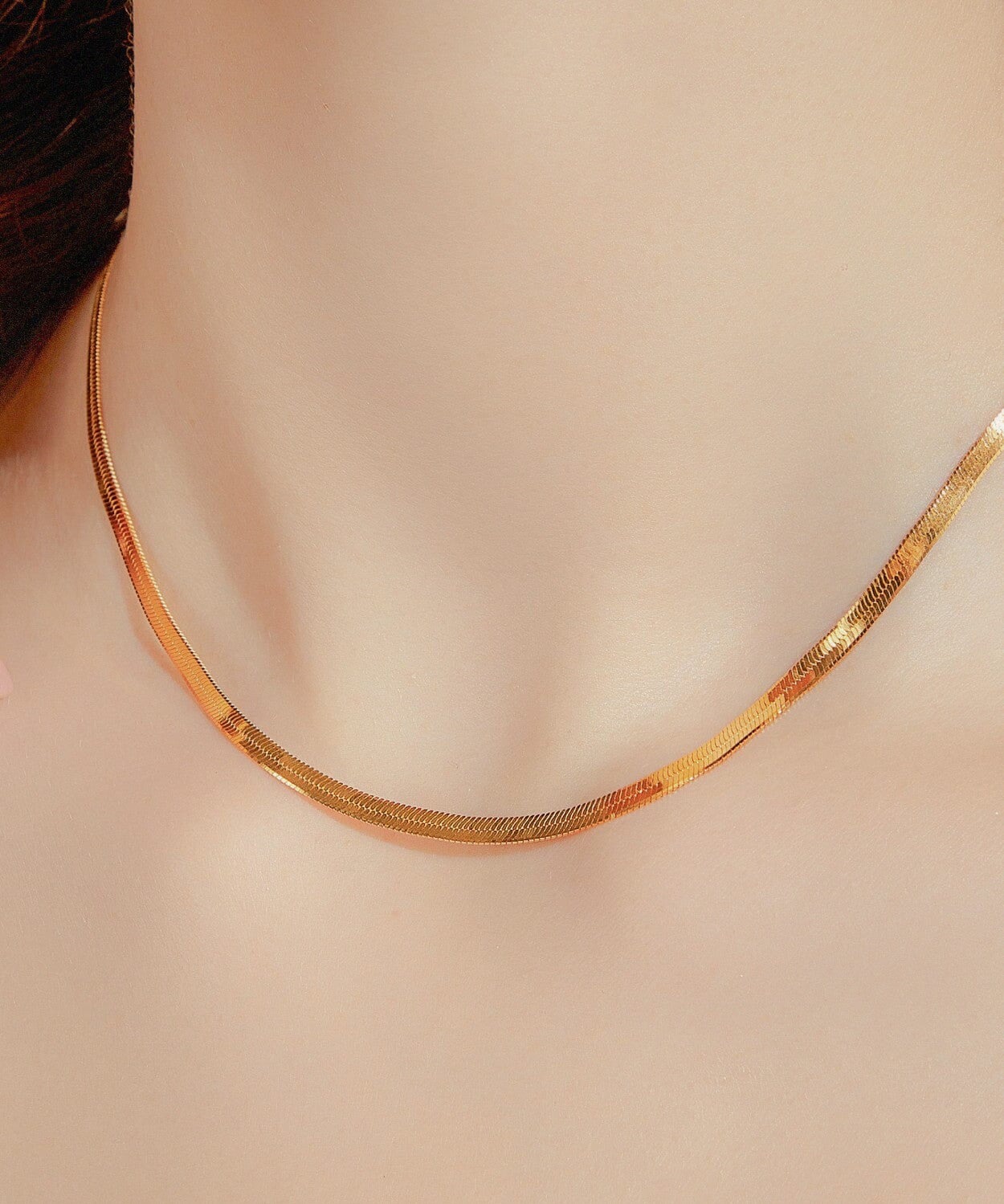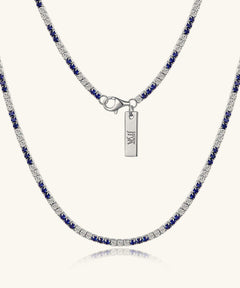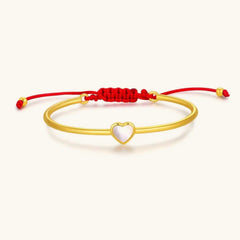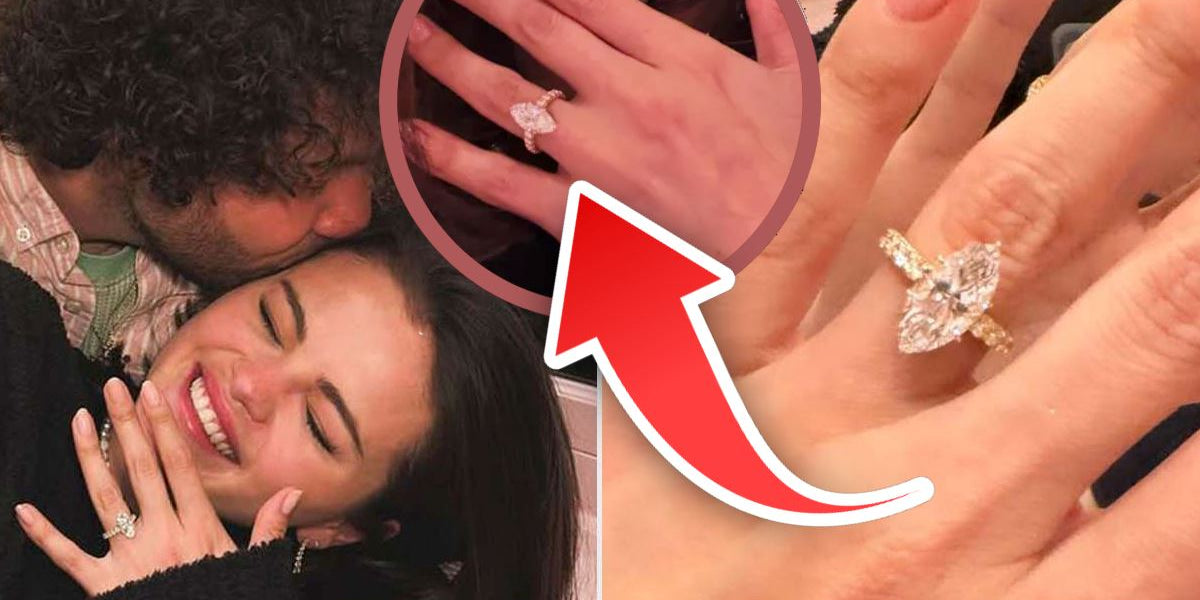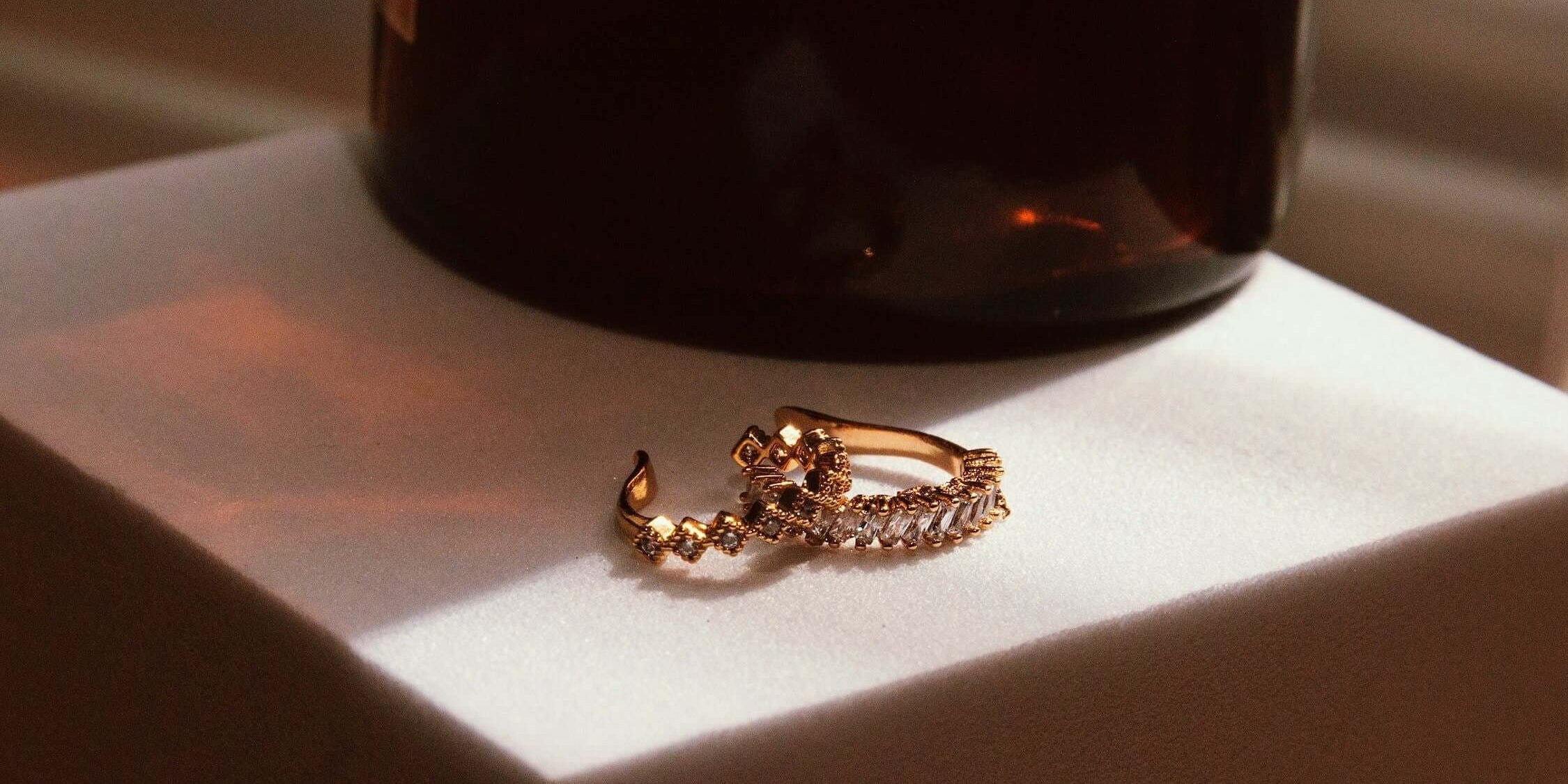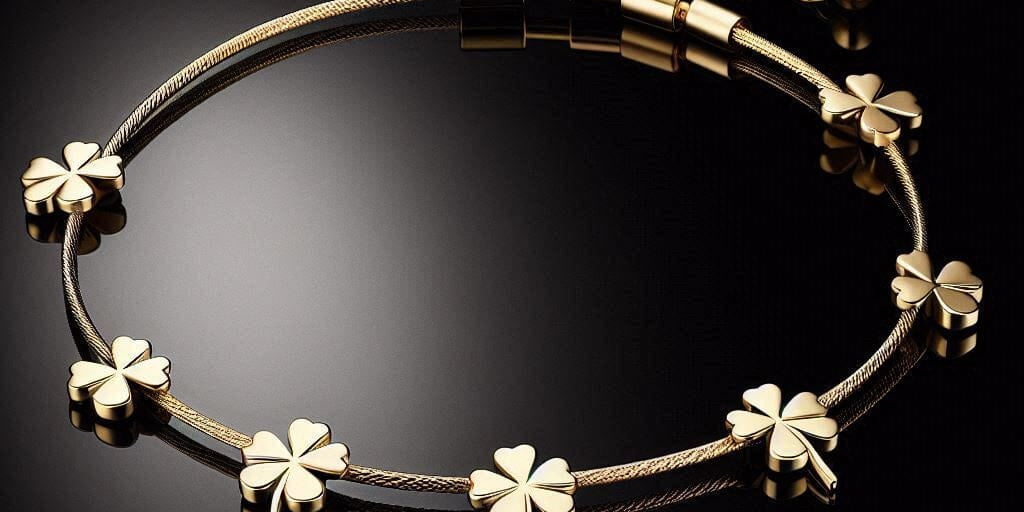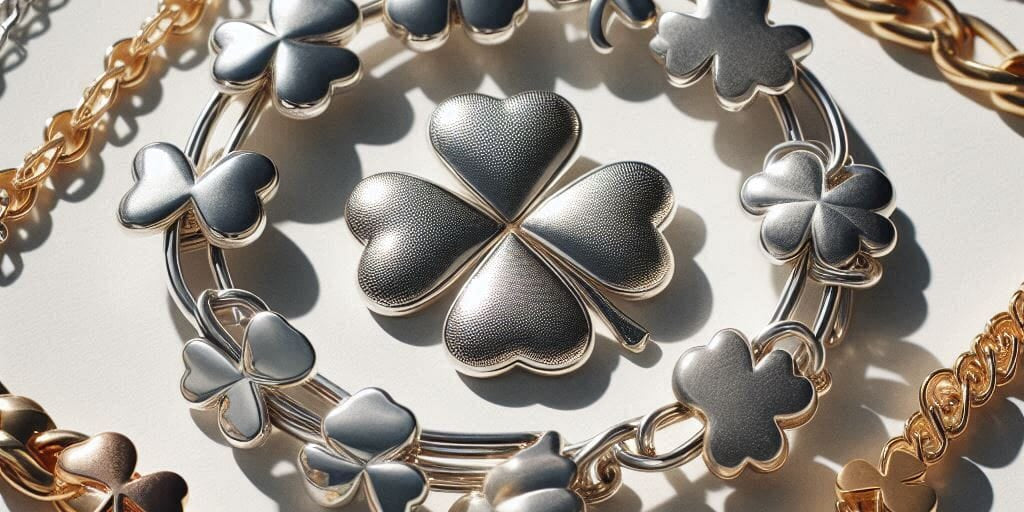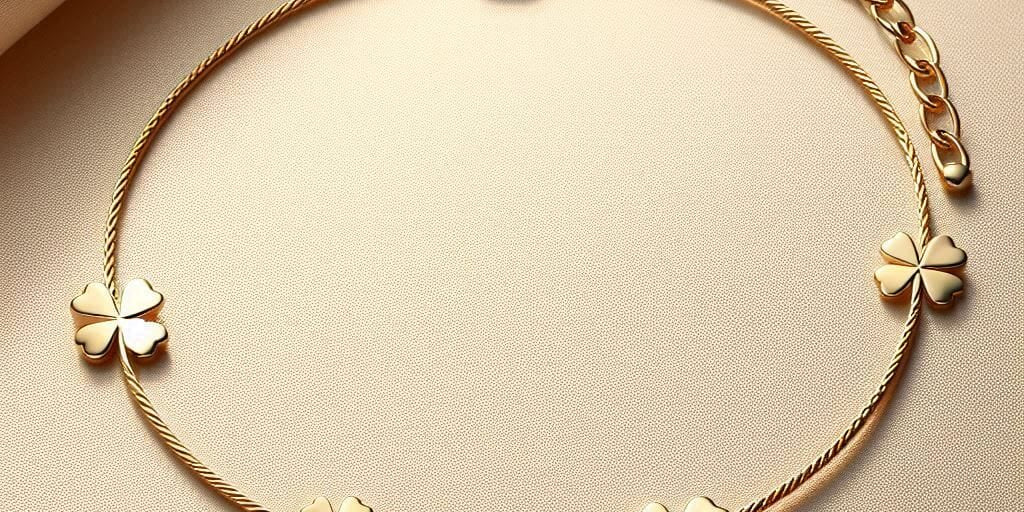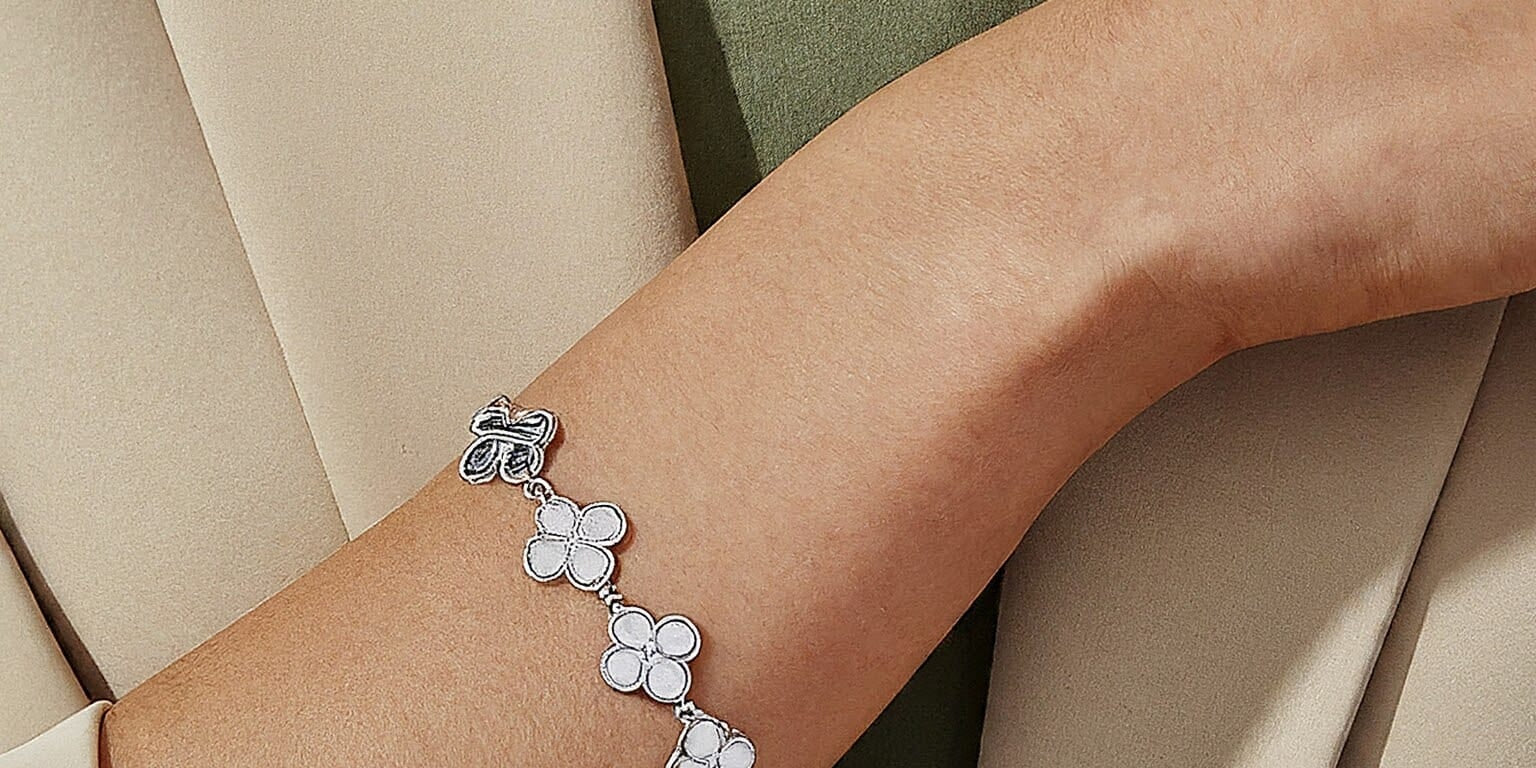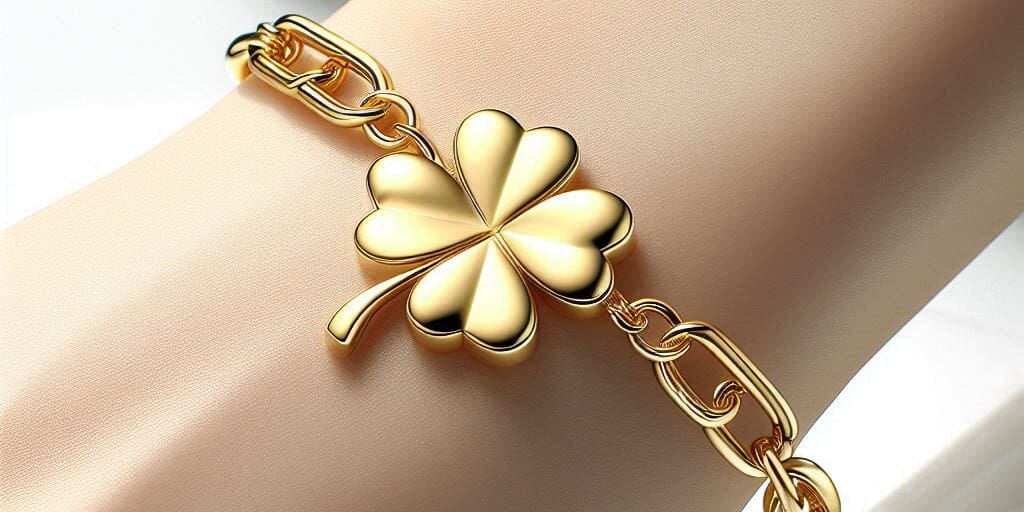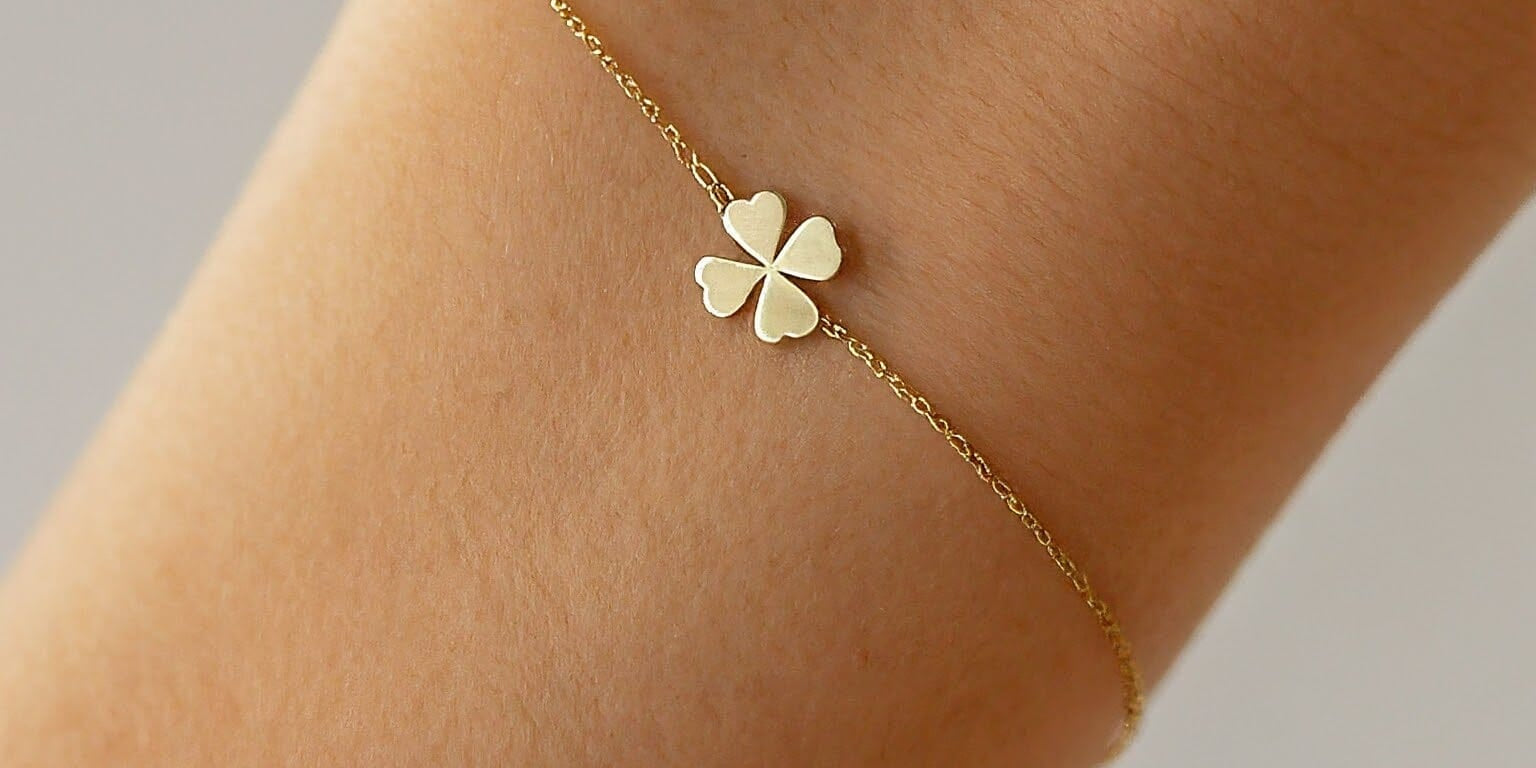Gold is the cornerstone of fine jewelry, yet its varieties can perplex even seasoned buyers.
The decision between 10K, 14K, 18K, or 24K gold impacts aesthetics, durability, and price significantly.
Understanding the nuances of each gold type is crucial; it optimizes your investment, ensuring the piece aligns with your desires and lifestyle.
Understanding Karat: Purity Levels
When discussing gold in the realm of jewelry, the term 'karat' is pivotal to grasp. It is not to be confused with 'carat', which measures the weight of gemstones. Karat, denoted by a 'K', quantifies gold purity on a scale of 0 to 24; the higher the karat value, the purer the gold content. For instance, 24K gold is deemed pure gold, while 18K gold consists of 18 parts gold and 6 parts alloy metals. These additional metals are crucial, as they render the gold more durable and can alter its color. Understanding the karat system is foundational in selecting a piece that is not only exquisite but also aptly suited to your needs.
The Meaning of Karat Numbers
Gold's purity is measured in karats—essentially—the higher the karat, the purer the gold content in the piece.
A single karat equals 1/24th part by weight, so 24-karat gold is synonymous with pure gold, lacking additional metals.
With karat numbers, the blend of metal alloys increases as the number decreases, which in turn affects toughness and hue. The higher-karat jewels tend to be softer and more yellow, reflecting their higher gold content.
Selecting the appropriate karat is a balance of beauty and practicality—a choice that impacts the jewelry's feel, durability, and hue, framing its unique narrative and legacy.
Comparing Durability by Karat
Durability in gold jewelry is inversely proportional to the karat number; the higher the karat, the softer the piece.
24K gold, while esteemed for purity, is the most malleable and least suited for everyday wear.
The inclusion of alloys in lower karat gold, such as 14K or 10K, enhances hardness, rendering the jewelry more resilient for daily activities, thereby reducing scratches, dents, and deformation.
Gold of lower karat ratings may not carry the same depth of luster and prestige as higher-karat counterparts, yet this trade-off is often a practical choice for an enduring and wearable piece. It's a delicate balance between the allure of pure gold and the pragmatism of longevity—one must weigh the aesthetic appeal against the practicality of wearability, shaping the ultimate decision in fine jewelry acquisition.
Yellow Gold: Timeless Classic
The allure of yellow gold in jewelry is unquestionably rooted in its historical lineage. Tracing back to ancient civilizations, its warm brilliance symbolizes wealth and prestige, transcending fashion's fleeting trends.
In the realm of fine jewelry, yellow gold strikes a harmonious balance between radiant luster and tasteful elegancy. Predominantly alloyed with copper and silver, it maintains a consensual warmth, inviting a sense of comfort and tradition while boasting a sumptuous glow.
To don yellow gold is to adorn oneself in history's sheen. It whispers tales of timeless elegance, boasting an undiminished appeal that endures beyond the ephemeral.
Why Yellow Gold Endures
Yellow gold epitomizes the quintessence of perennial elegance in jewelry, beloved across eras and cultures.
- Historical Significance: Yellow gold’s rich history is closely entwined with humanity's earliest expressions of wealth and power.
- Visual Appeal: The warm, sunlit hue of yellow gold never fails to captivate, offering a classic beauty that complements every skin tone.
- Durability and Malleability: It strikes an excellent balance between softness for crafting intricate designs and hardness for endurance.
- Compatibility: Yellow gold's versatility makes it an ideal companion for a vast array of gemstones, enhancing their natural beauty.
Even in a sea of evolving trends, yellow gold's allure remains unwavering, a testament to its timeless charm.
Its adaptability ensures that yellow gold is not only an object of immediate beauty but also an heirloom of enduring value.
Care and Maintenance Tips
Harsh chemicals can severely tarnish the luster of your gold jewelry, thus it is imperative to avoid them.
Always remove your gold pieces before engaging in strenuous activities to prevent scratches and deformation.
When cleaning gold jewelry, use a solution of warm water and mild dish soap, applying it gently with a soft-bristled brush. Rinse thoroughly in clean water to remove any soapy residue that may dull the gold's sheen.
For storage, gold items should be placed in a lined jewelry box or wrapped in a soft cloth. This prevents them from coming into contact with other pieces that could cause scratches. Additionally, maintaining consistent temperature and humidity conditions is vital to prevent damage to the metal and any gemstones it may be paired with. Remember, preventative care is the "ounce of prevention" that mitigates the need for costly repairs.
White Gold: Modern Sophistication
White Gold emerges as a synthesis of purity and innovation, offering an alternative to the traditional warmth of yellow gold. Its compelling allure lies in its marriage of gold with alloy metals like palladium or nickel, which impart a lustrous sheen and improved durability. This blend culminates in a metal exuding modern sophistication—one that resonates with those who seek a contemporary twist on a classic medium. White gold's presence in the jewelry market signifies an embrace of forward-thinking design, while maintaining the timeless value associated with gold itself. Notably, it often receives a rhodium plating, which serves to enhance its reflective properties and provides additional resistance against wear.
The Making of White Gold
White gold is born out of a strategic amalgamation, where pure gold, typically 24 karats, meets its metallic counterparts. This fusion of gold with other durable metals, often palladium or nickel, is what defines its signature color and strength.
These other metals are meticulously chosen for their color-neutral properties. The aim is to achieve that desirable silvery sheen without compromising the integrity of the gold.
Once the perfect balance is found, the alloy is then expertly mixed and melted down, forging a new entity that marries the prestige of gold with the robustness of its added elements. This process ensures the metal possesses a specific hue and maintains a level of malleability ideal for fine jewelry design—key for intricate detailing and endurability.
The final product undergoes an additional layer of refinement, a rhodium plating, which bestows upon the white gold its characteristic mirror-like finish that jewelry enthusiasts so cherish. This plating acts as a shield, not only enhancing the metal’s radiance but also offering protection from scratches and tarnishing. In this arena, white gold stands as a testament to the beauty achieved through precise alloying and thoughtful craftsmanship—a true confluence of aesthetics and functionality.
Mixing Metals: Rhodium Plating
Rhodium plating is a process used to enhance the appearance and durability of jewelry metals, particularly white gold.
- Enhances shine: Rhodium adds a reflective, mirror-like sheen to the metal surface.
- Increases durability: It provides a hard coating that resists scratches and tarnishing.
- Hypoallergenic: Rhodium plating can make jewelry more skin-friendly for sensitive individuals.
- Requires maintenance: Over time, plating can wear and may need reapplication.
- Changes in appearance: Plating can alter the original color and texture of the metal to a cooler tone.
This layer of rhodium provides a surface that can endure daily wear while maintaining its lustrous appeal.
Nevertheless, it is worth noting that rhodium plating is not permanent and requires periodic reapplication to sustain its protective and aesthetic properties.
Rose Gold: Trendy Warmth
Rose gold strikes a balance between luxury and fashion-forward sensibility, offering a blush-colored alternative to traditional metallic hues. This precious metal, with its unique warmth and soft pink tones, has surged in popularity, becoming a favorite among modern jewelry enthusiasts searching for something distinctive.
At its core, rose gold is an amalgam of pure gold, copper, and often a small amount of silver. The copper endows rose gold with its characteristic rosy hue, while silver can help to temper the redness, achieving a subtle, romantic pink that complements a range of skin tones. This delicate balance of metals makes rose gold both versatile and alluring, with a gentler presence than its yellow or white counterparts.
The alloy's “antique” and “vintage” connotations often entice those interested in jewelry with a touch of nostalgic charm. Despite its nuanced, retro appeal, rose gold remains refreshingly contemporary, versatile enough to adorn a spectrum of styles, from minimalist to ornate.
The Role of Copper Alloy
Copper alloy serves as the pivotal element in achieving the desired warmth and coloration in rose gold jewelry, imbuing each piece with its signature blush.
It bestows rose gold with durability and strength, traits essential in fine jewelry that endures.
Copper's influence extends beyond mere aesthetic; it instills rose gold with malleability, facilitating the crafting of intricate designs that captivate the beholder with their complexity, radiance, and resilience.
Moreover, the proportion of copper alloy relative to the amount of gold and silver can vary, leading to a spectrum of pink hues within the rose gold category. Depending on the percentage of copper alloy used, one might encounter 'light' or 'deep' rose gold, committing to memory the notion that rose gold is not a monolith but a symphony of warm blushes. Each variation presents a narrative of taste, an acknowledgment of a distinct aesthetic that caters to the individuality of the wearer.
Styling with Rose Gold Jewelry
Rose gold's unique hue acts as a focal point, gracefully complementing neutrals, gemstones, and even bolder metals in sophisticated ensembles that resonate with a harmonious elegance. It offers a contemporary twist on traditional elegance, subtly nodding to vintage charm while firmly rooted in modern sensibility.
This precious metal exquisitely balances with pastel shades, creating delicate, feminine looks. Its warmth particularly enhances earth tones and soft pinks, yielding an understated yet captivating aura.
Despite its distinctive color, rose gold maintains versatility, pairing well with a variety of gemstones (diamonds, morganite, sapphires, to name a few) and supporting the overall design harmony.
Individuals drawn to minimalist aesthetics find rose gold's subdued luster offers the perfect hint of romantic color without overpowering the simplicity they cherish, creating a blend that is both timeless and current.
Those with a penchant for layering can revel in the metal's compatibility; rose gold chains of varying lengths and styles can intermingle effortlessly with other pieces, lending a personal touch to each curated collection that speaks volumes about the wearer's style narrative.
Moreover, no matter the season or trend, rose gold transcends fleeting fashions. Its enduring charm complements every skin tone, making it a versatile and beloved choice in any jewelry repertoire.
